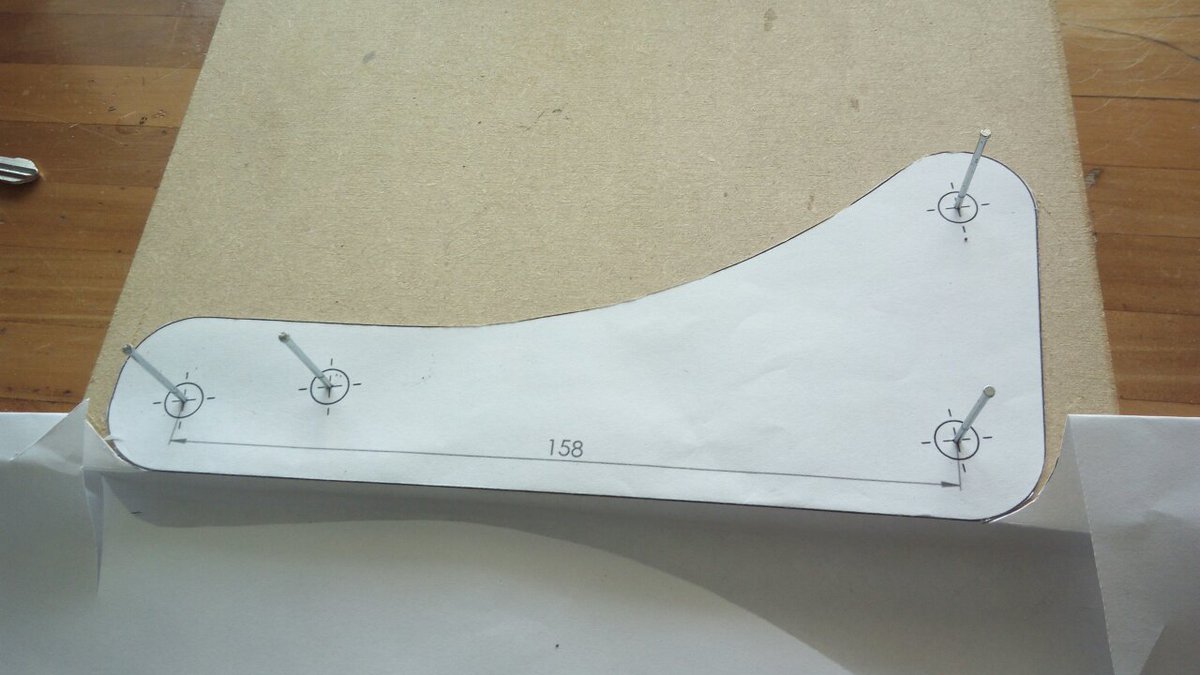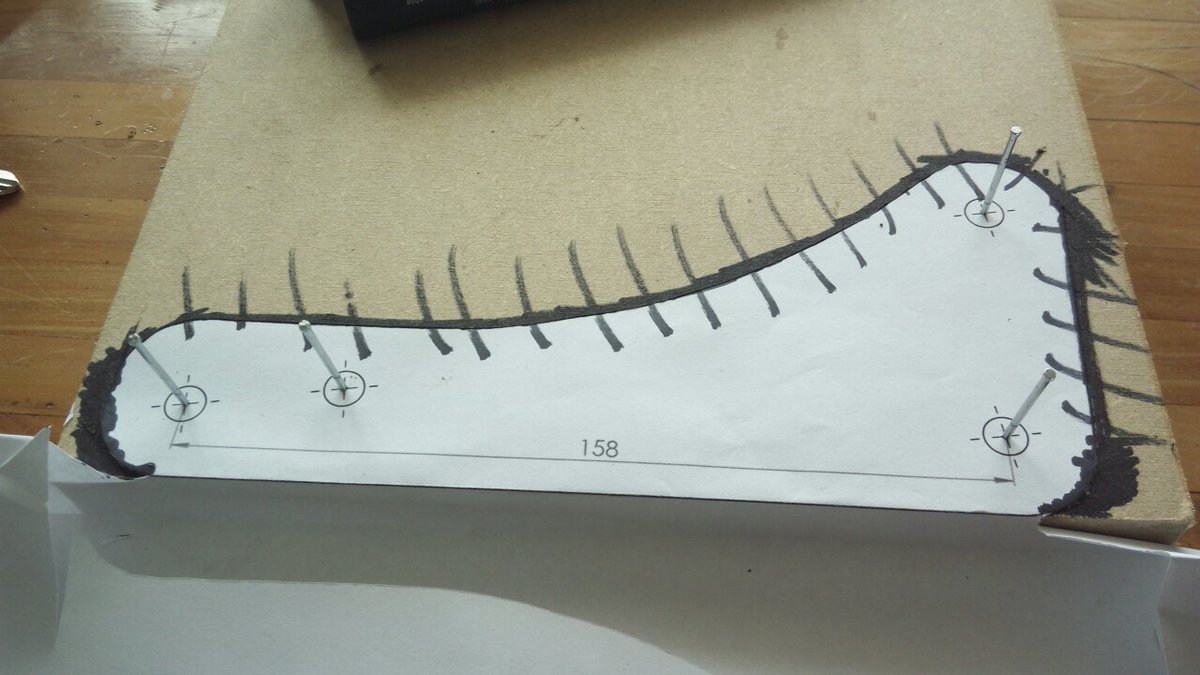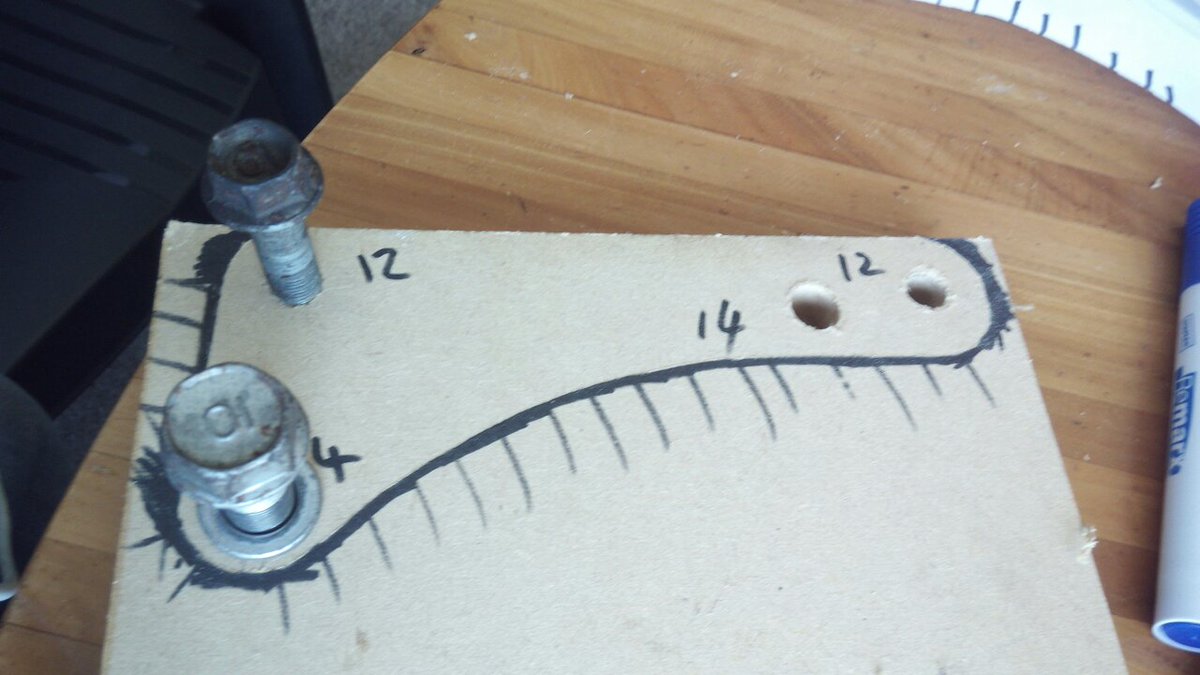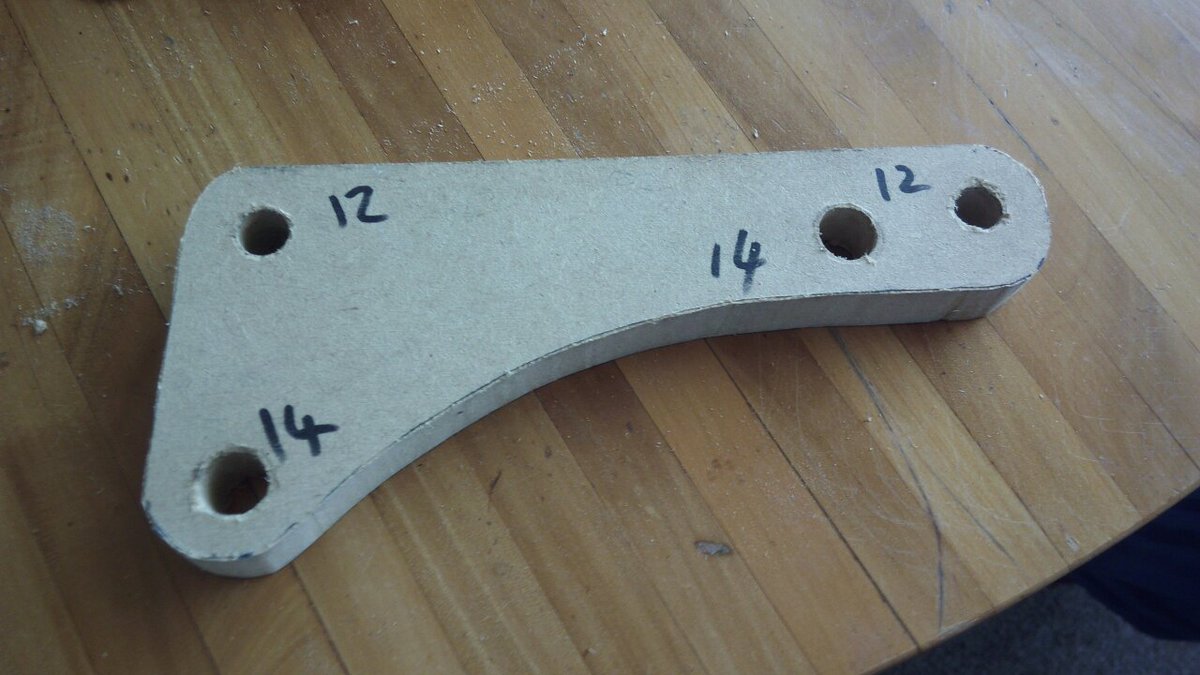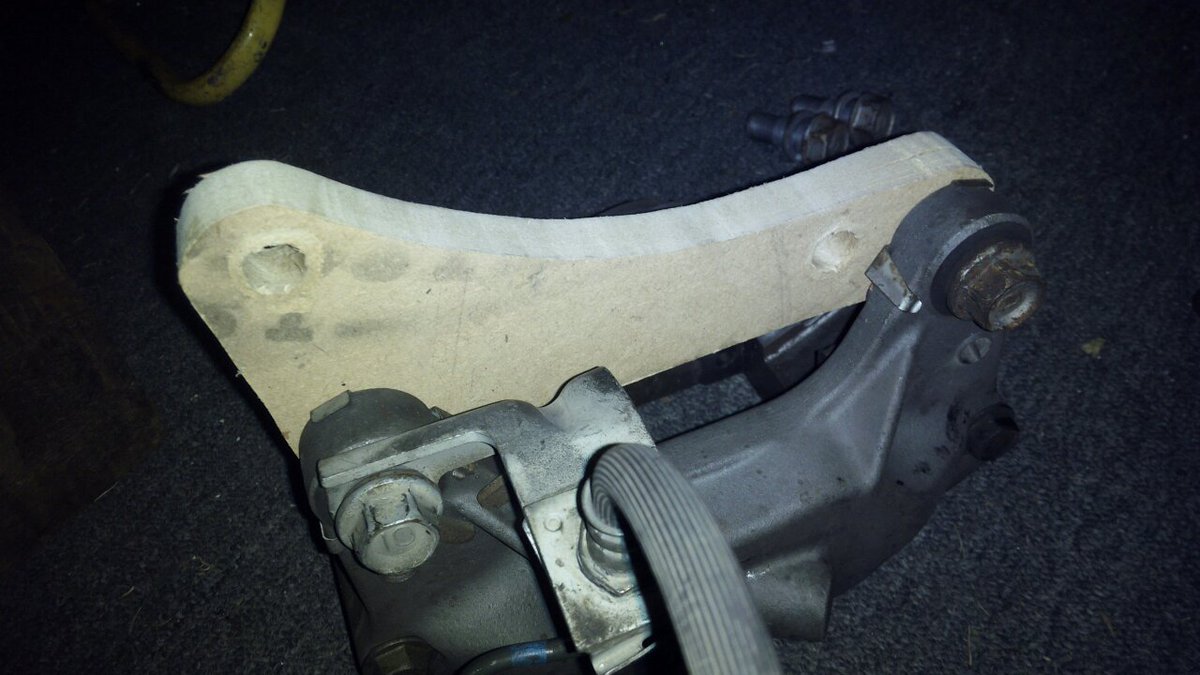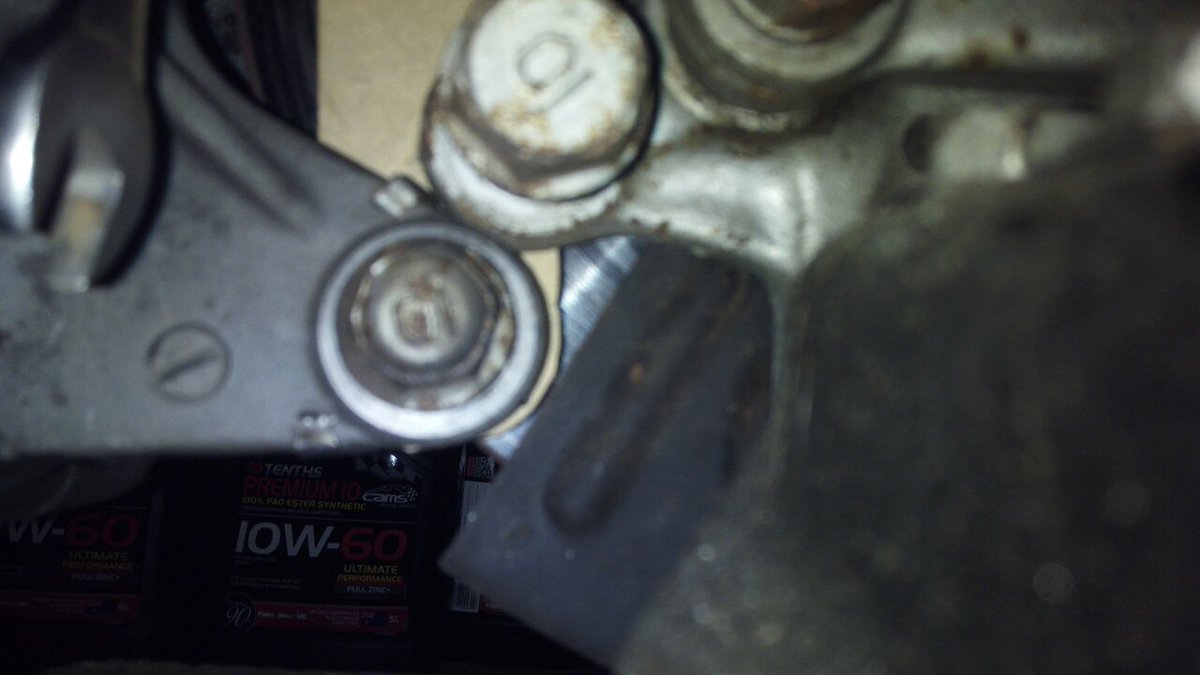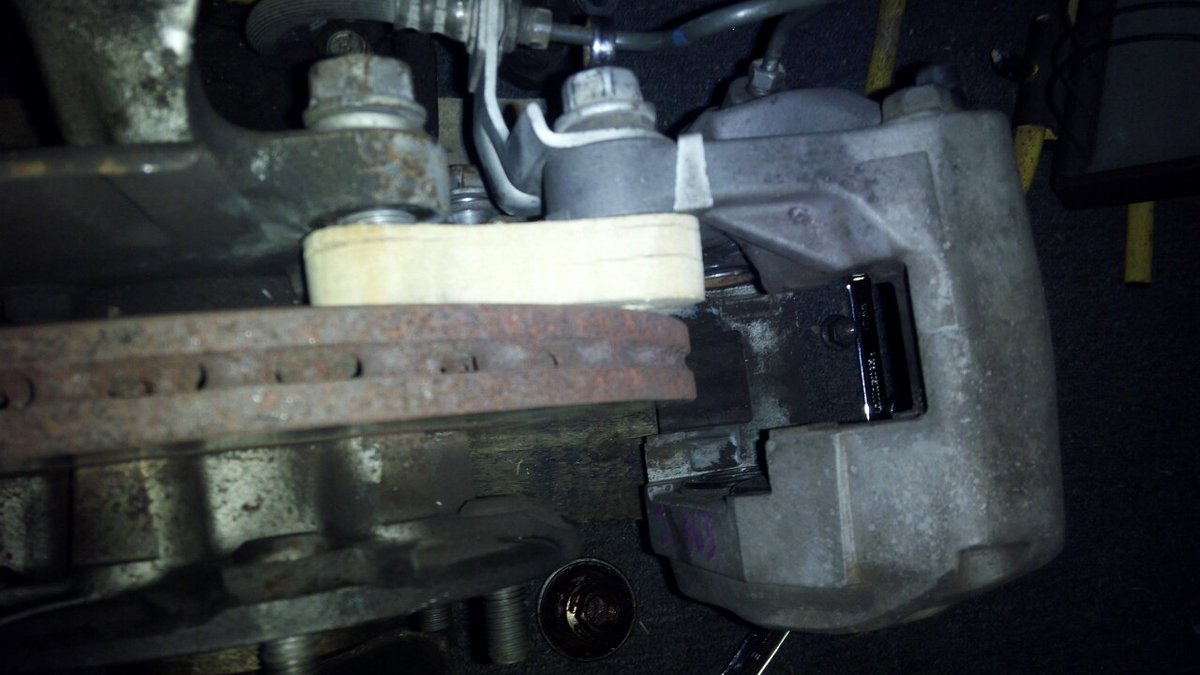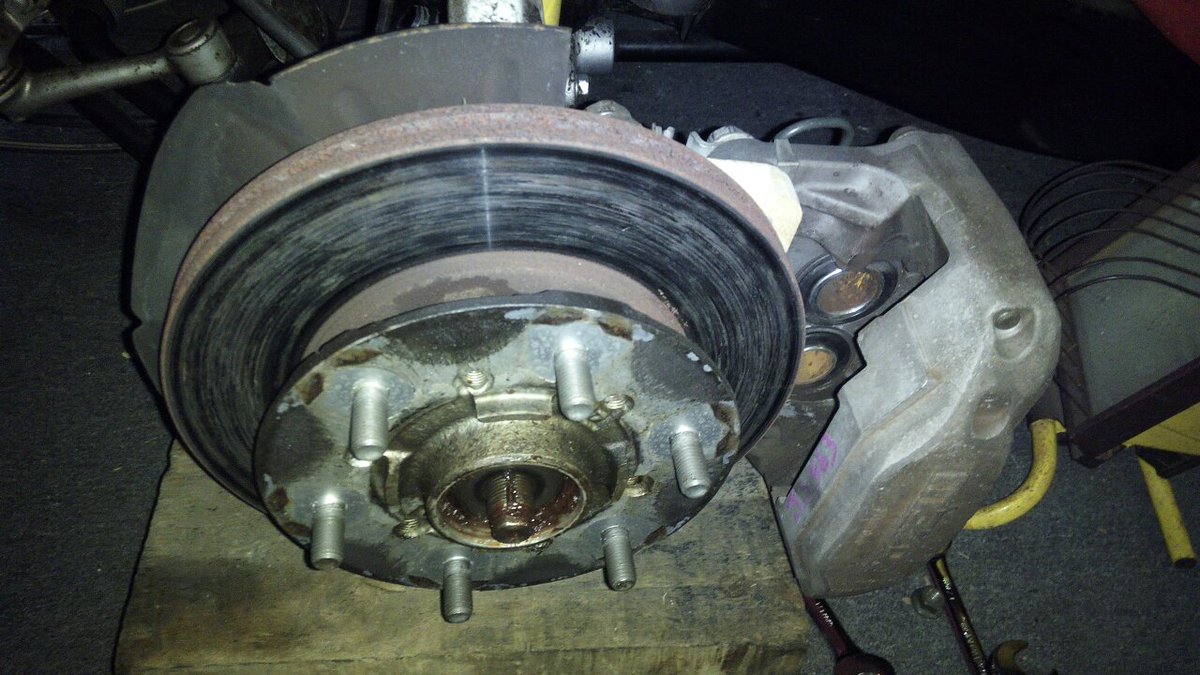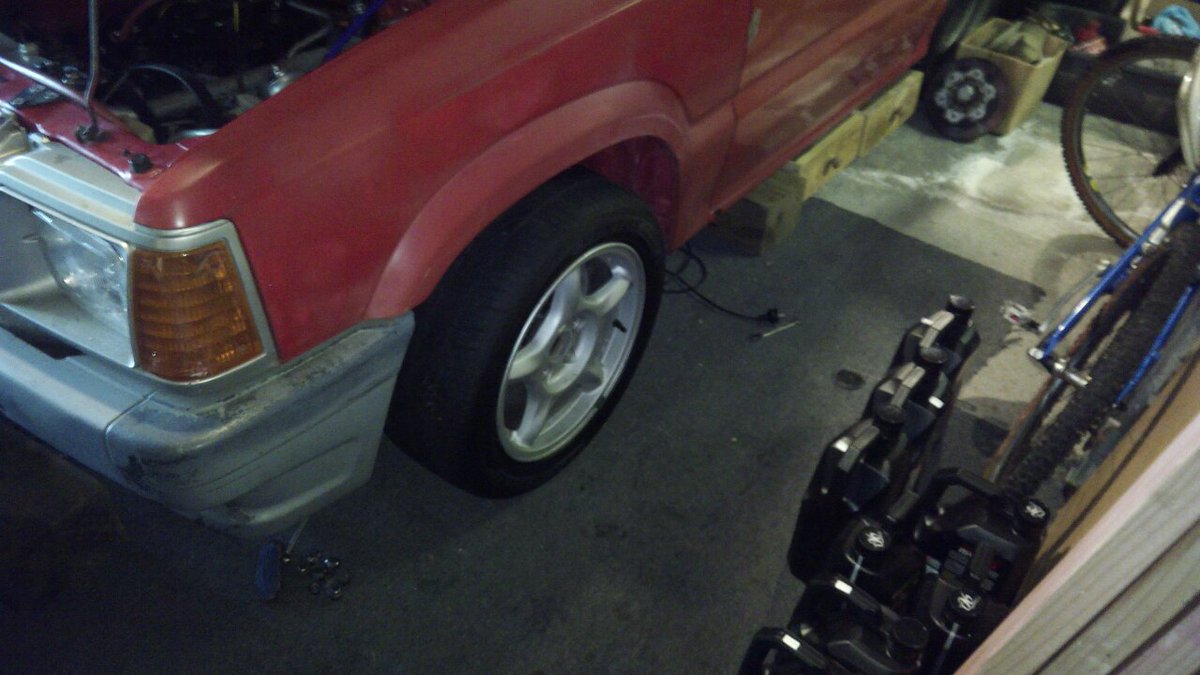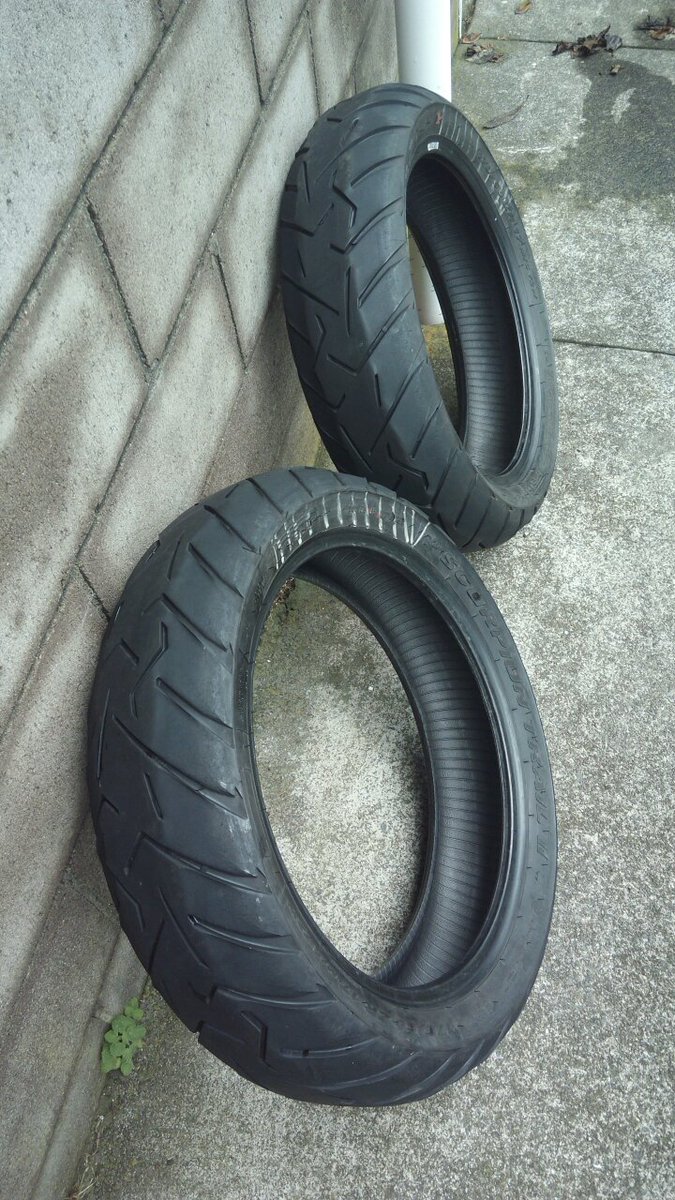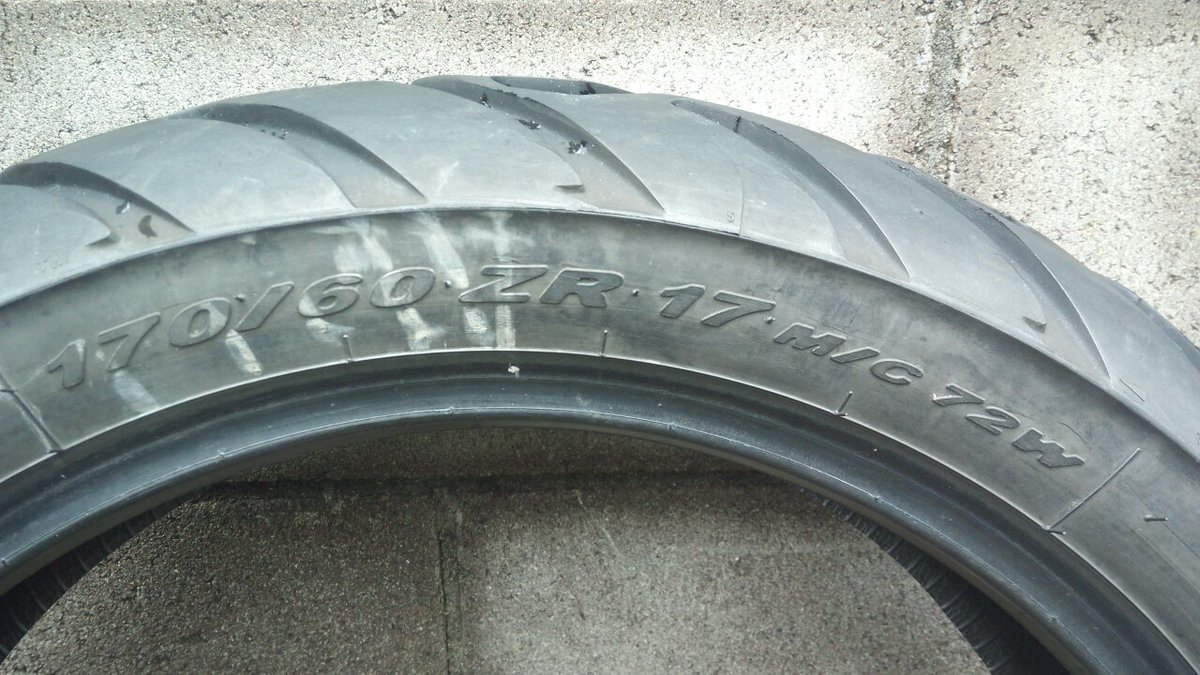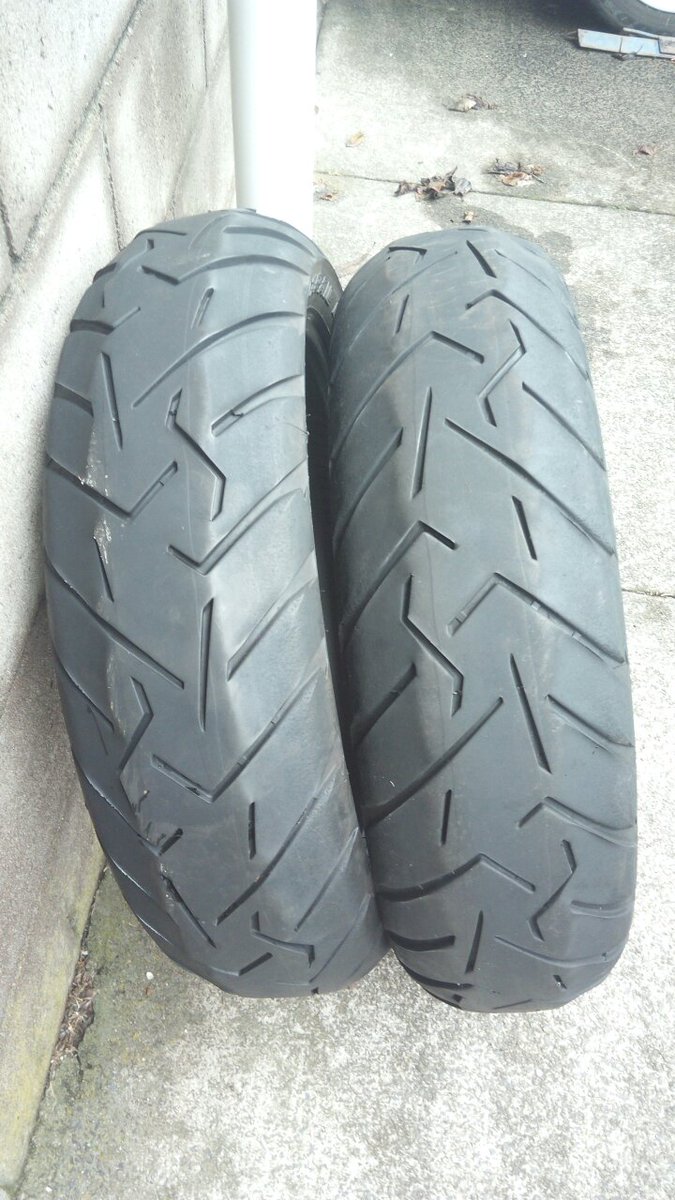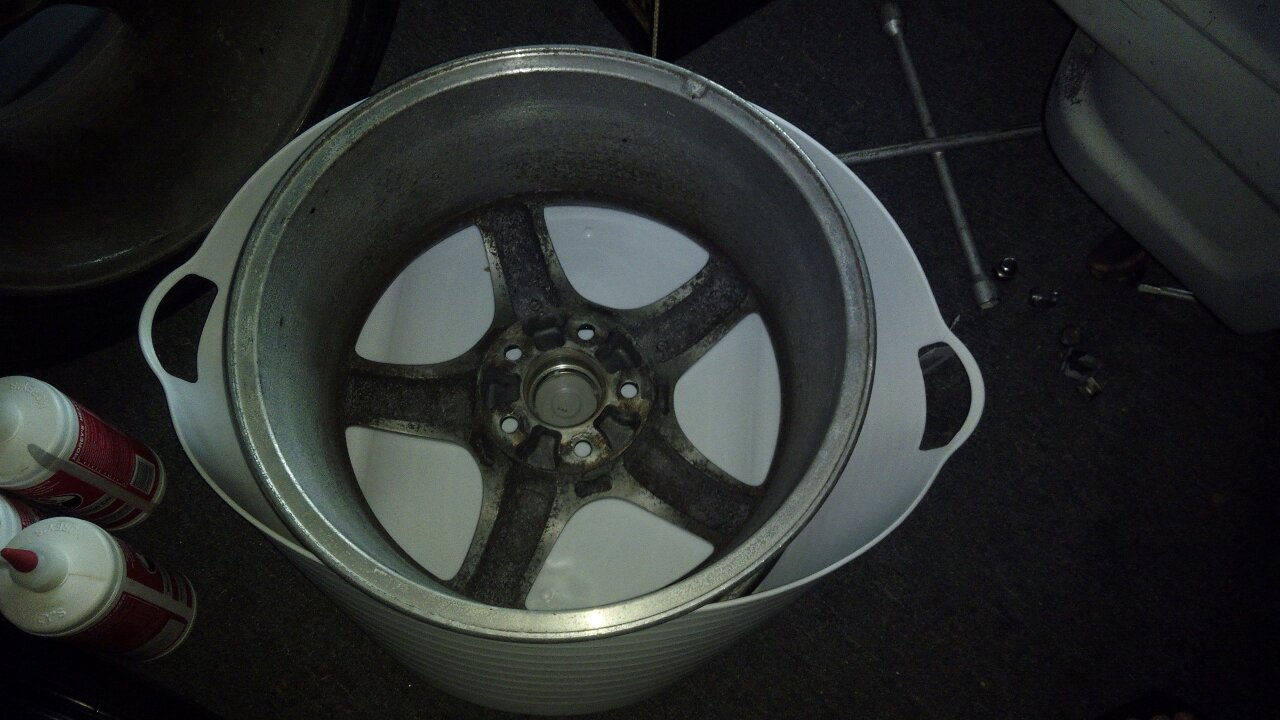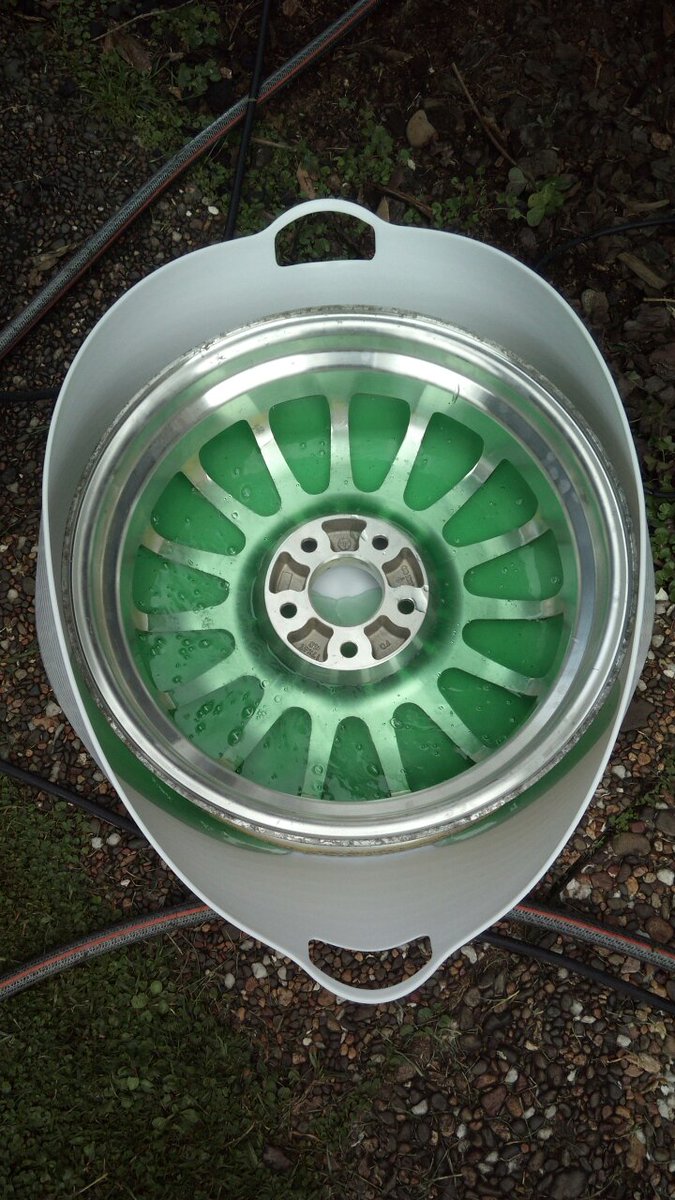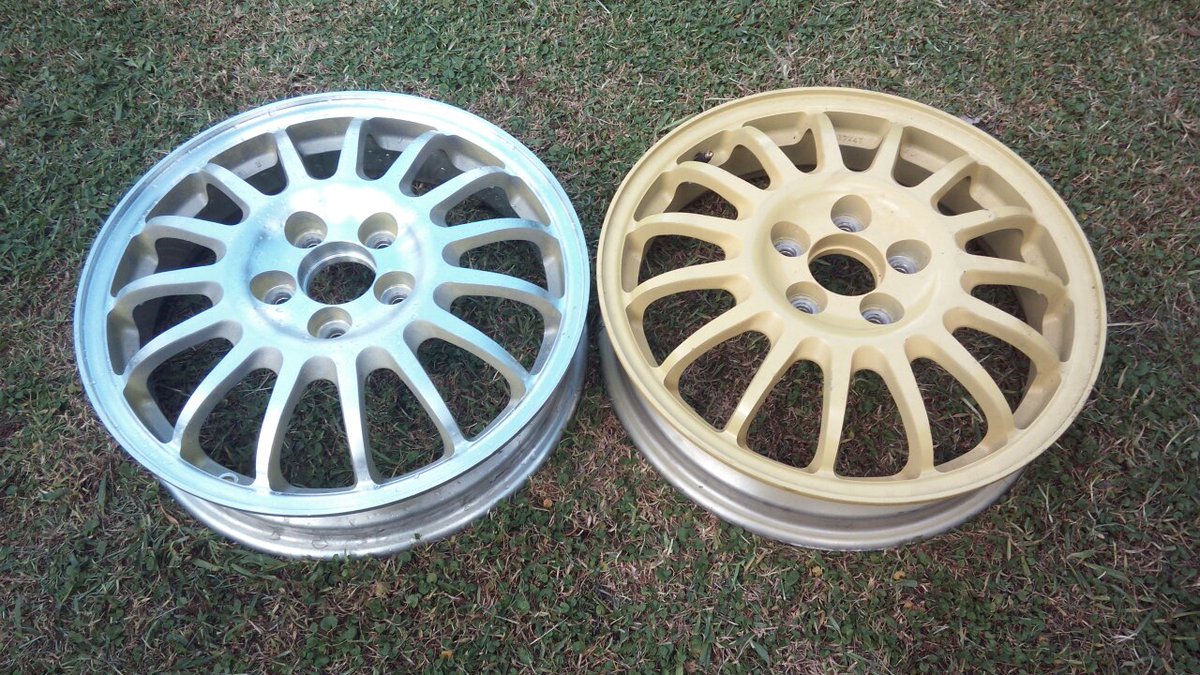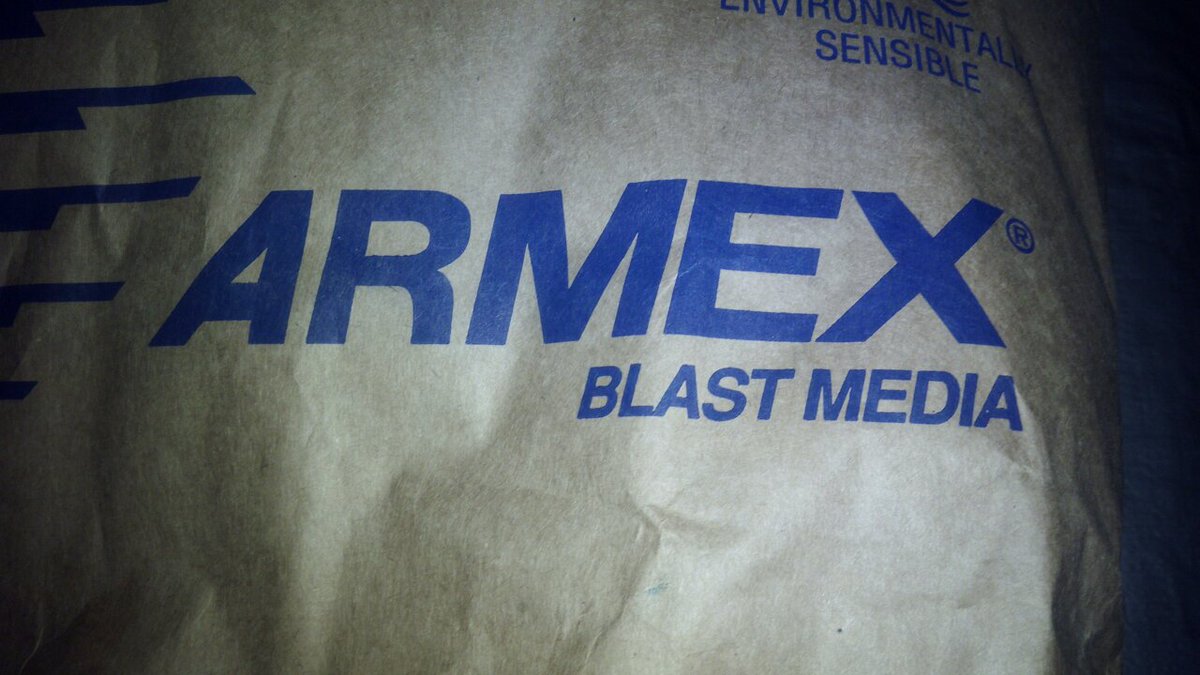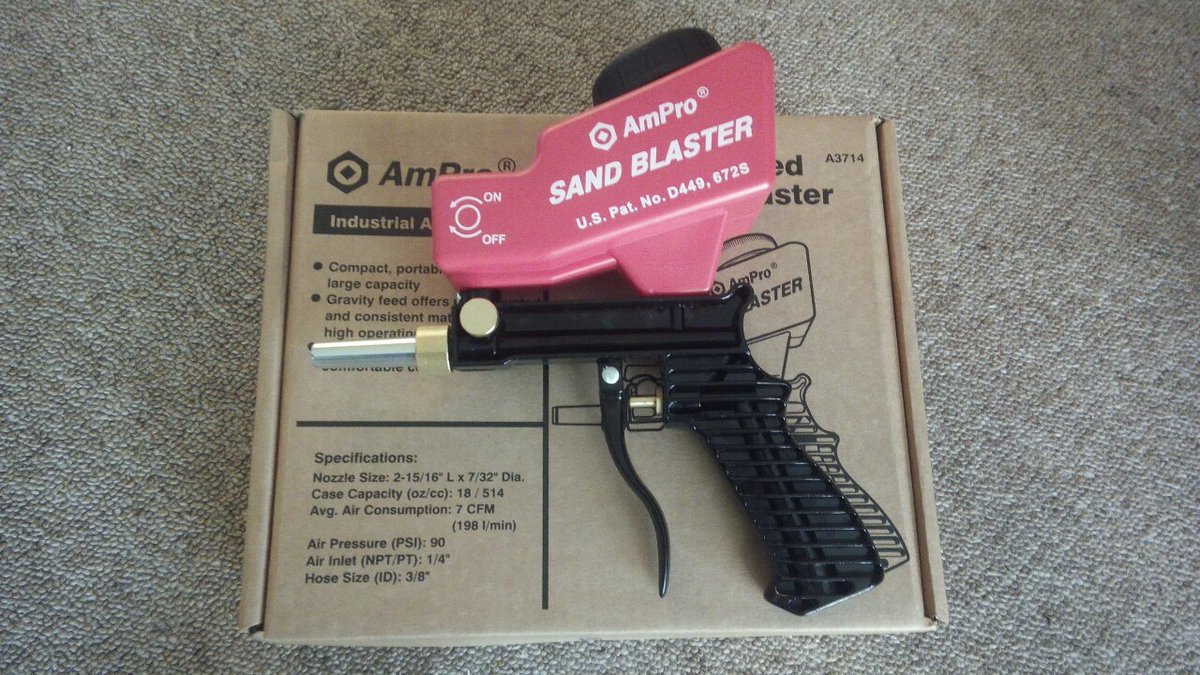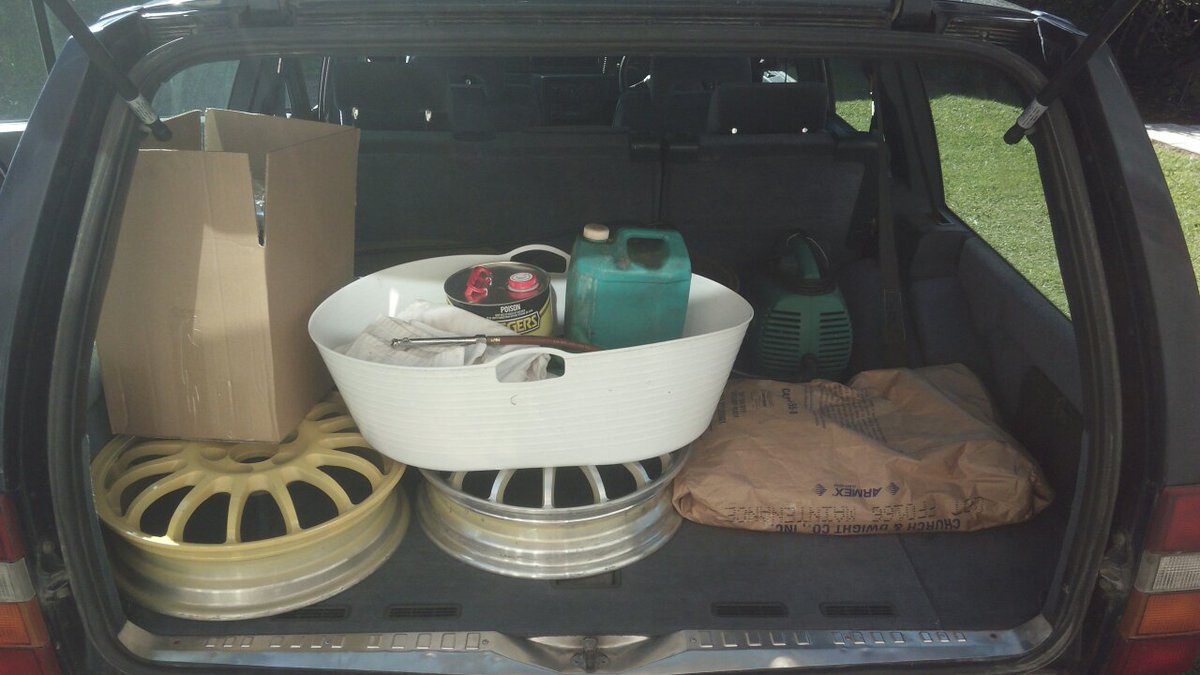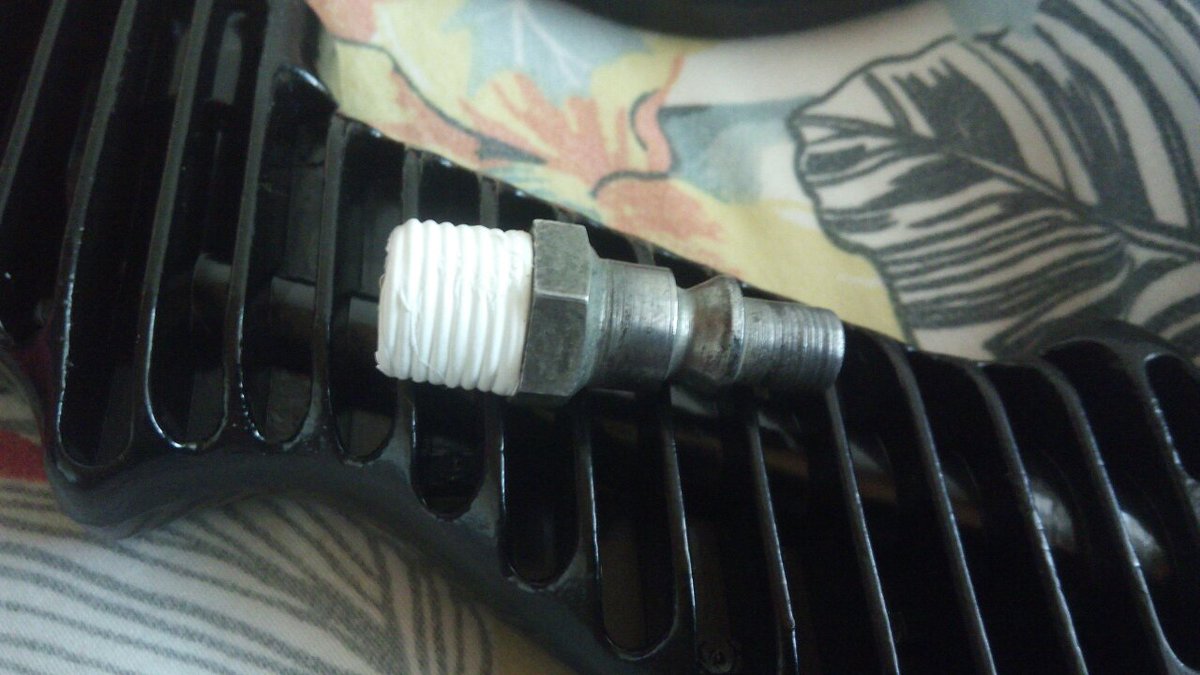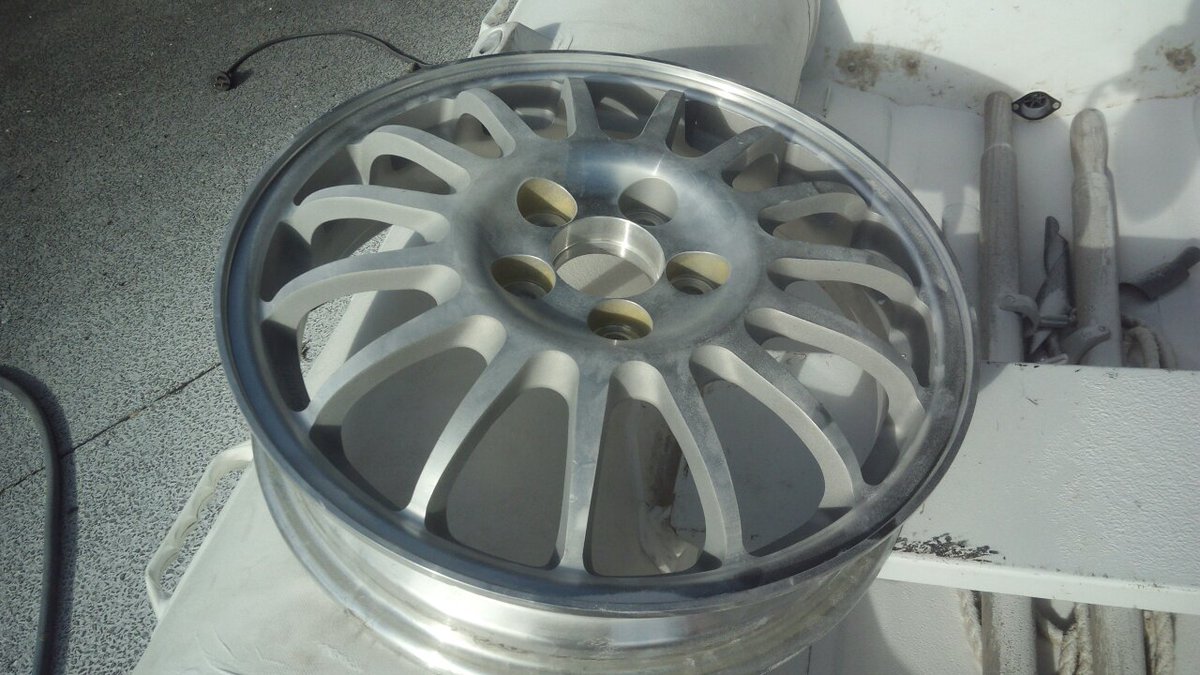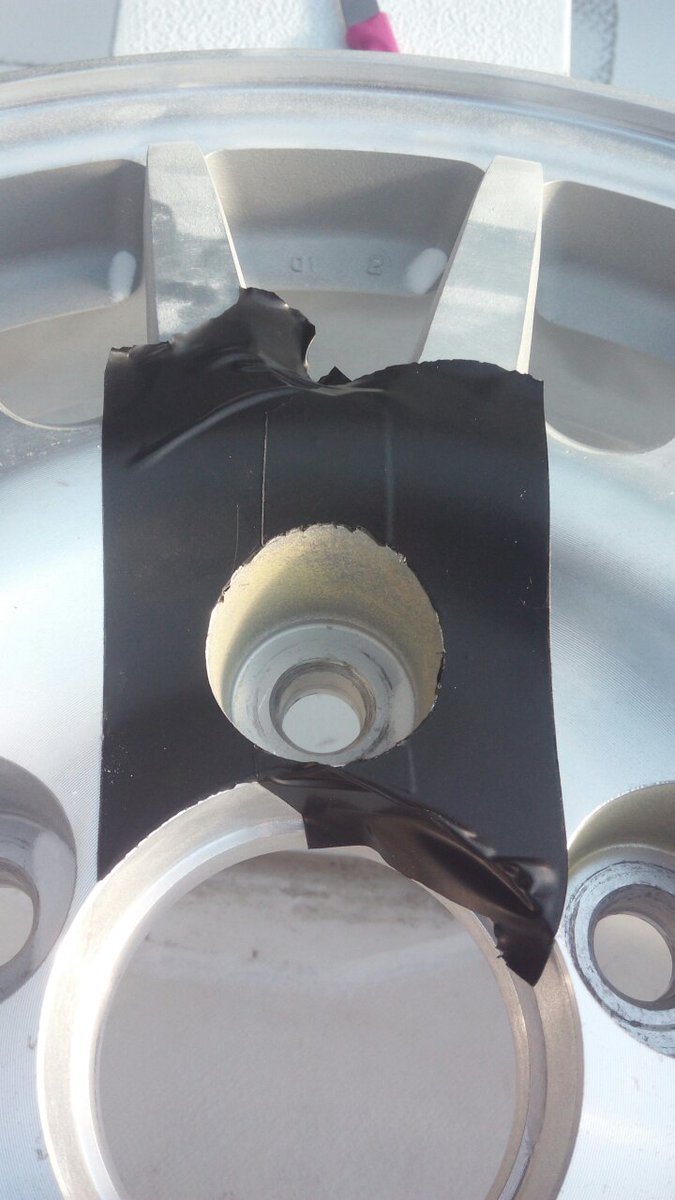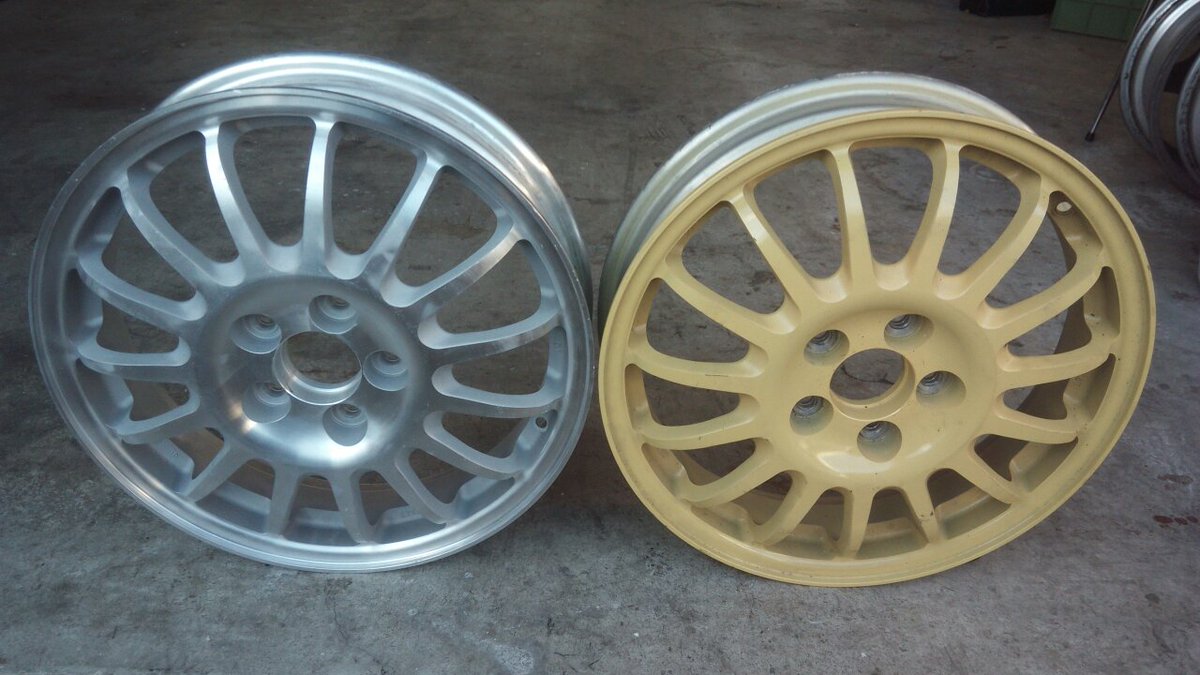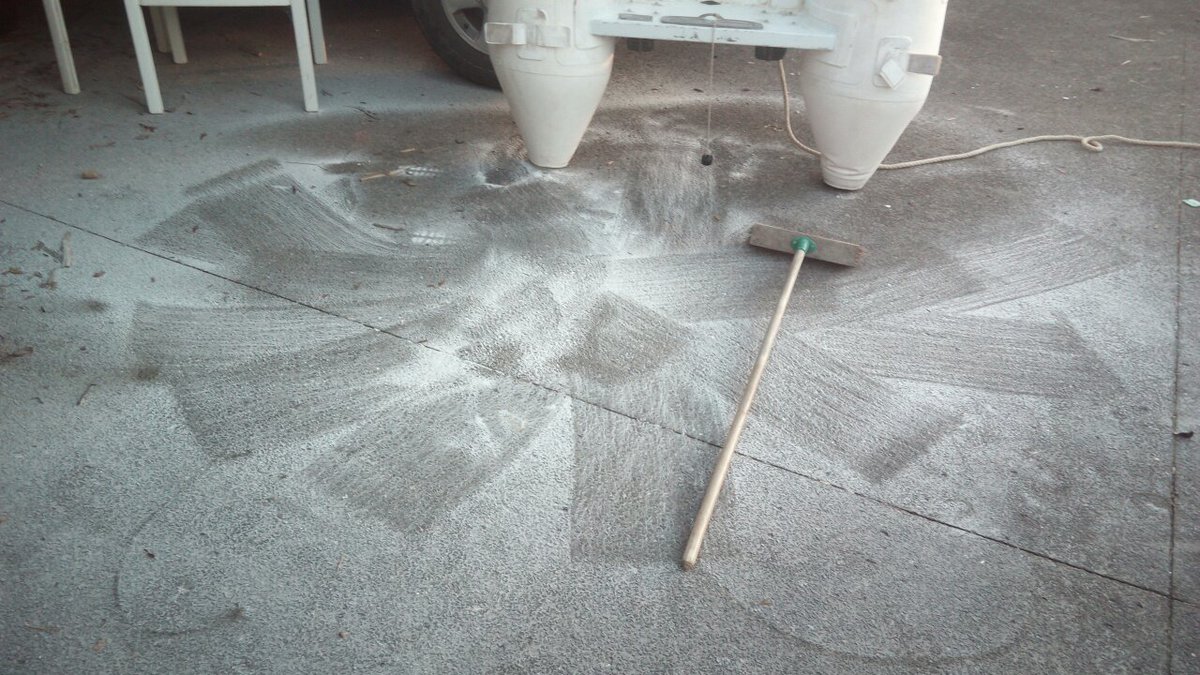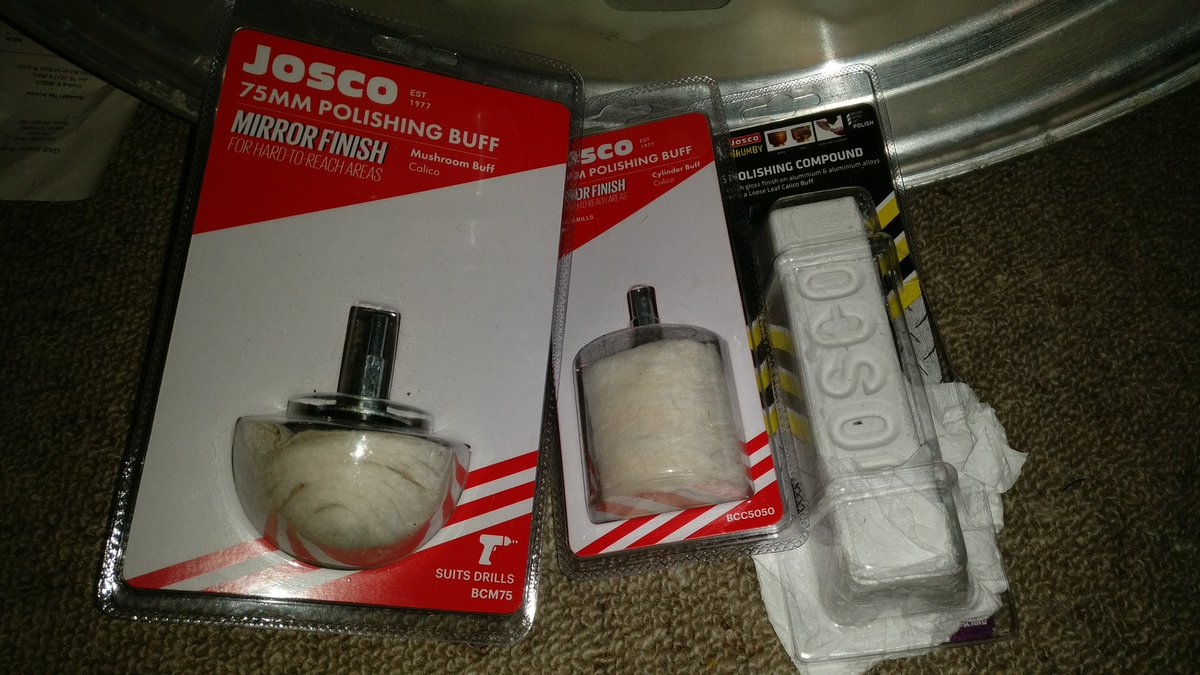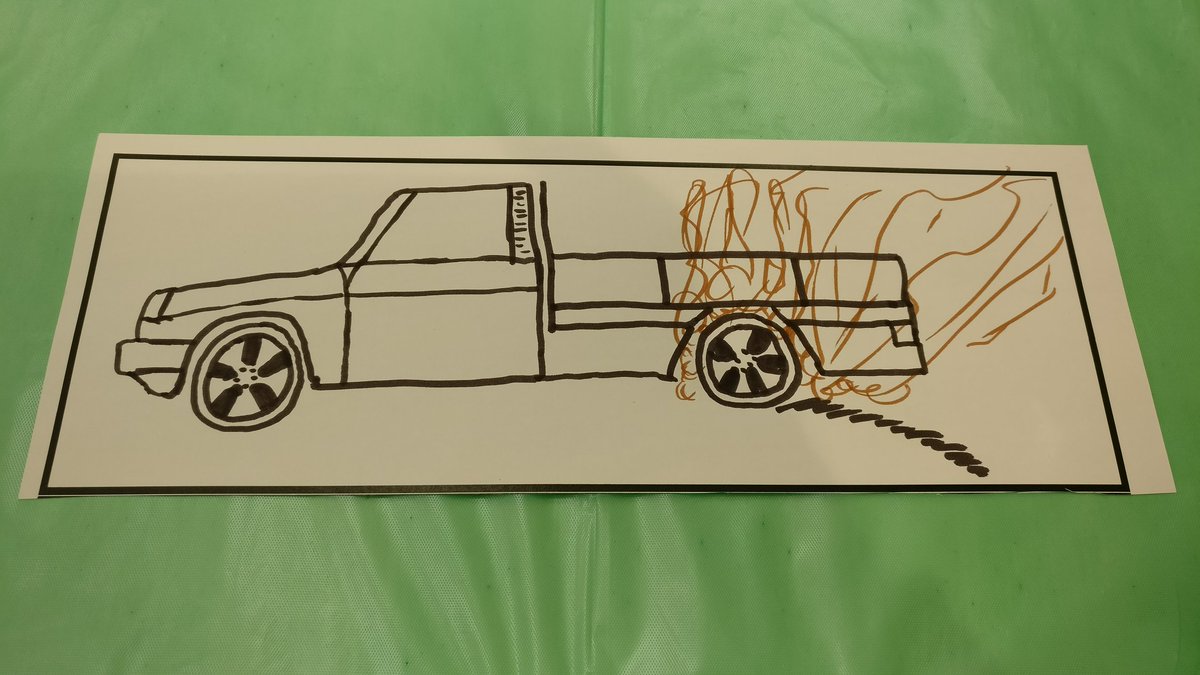Playing with bearings and sizes and part numbers and caliper adaptors and calipers and bolts and offsets and so on and so forth:
1) Outer bearings are available off the shelf! See this image for the two options, higher load variant preferred:

2) Inner bearings do not exist! :-( OD into the alloy hub is 63mm and this is the OEM FC3S bearing:
http://www.vxb.com/JL69349-JL69310-Tape ... it7224.htm or close enough, NSK JL69348 is the actual part number. Ute inners are
https://eshop.ntn-snr.com/en/4T-LM48548 ... 79109.html (65OD, 35ID, 18 overall height) and although the combination of parts works, I'm a bit weary of building my own bearings.
If I can source high quality bearings of both types and safely use the FC3S shell with the ute race and inner, then I might. First step will be to make my alloy hubs servicable, so I can check that the mixed setup is actually working correctly and not just feeling OK to a layman.
Inner also needs to seat the hub in the right place for the seal to work. The mixed pair does that, just, but anything taller would not.
FD3S rotors are DBA 2558 [No Longer Available] with 67.5 height from wheel to back of rotor, 314 dia, 32 thick, and unknown hat top thickness. The FD rotors are 72mm bore and FC hubs 77mm.
From upright mounting lug outer face to face of hub that rotor hat sits against was a mere 65.5mm leaving just 3mm of space for the adaptor assuming a 5mm hat thickness if using the 67.5 height rotor arrangement of the FD RZ car. So the minimum hat thickness (inc a separate spacer if required) is therefore 14mm with the mixed bearing configuration, and possibly more or less without it. Or a different rotor height, but that pulls the caliper with it closer to the spokes, so is limited and/or reduces maximum rotor diameter as the wheels all taper inward toward the spokes.
IF the rotor finishes in an outward position such that the total height doesn't interfere with the adaptor bracket in the area of the upright bolts, then the rotor could be set back further inward, too.
And if I get the piece cut from 16mm plate instead of 12mm then I could get up to 4mm offset on the caliper with only some milling of the adjacent surfaces to keep the weight down and clearances adequate. More can be had by reducing the amount of thread engagement in each half, 11mm would net 5mm caliper offset, 10mm would net 6mm. Which doesn't seem like a lot, but could be make or break. Thicker material could net even more, I suppose. I'd want radius on the edge of the step to ensure no cracking ever occurs.
All in all a disappointing day.
